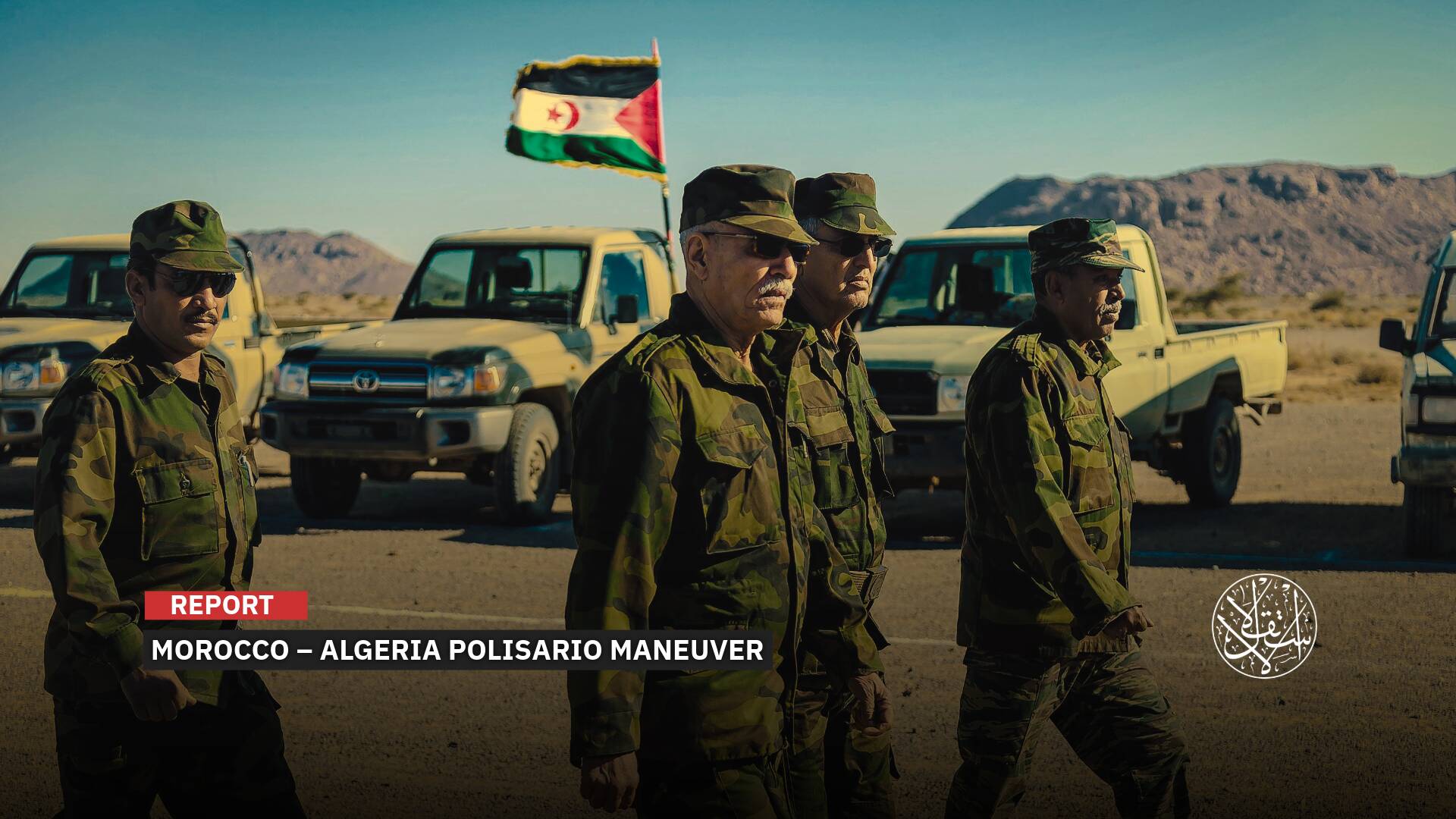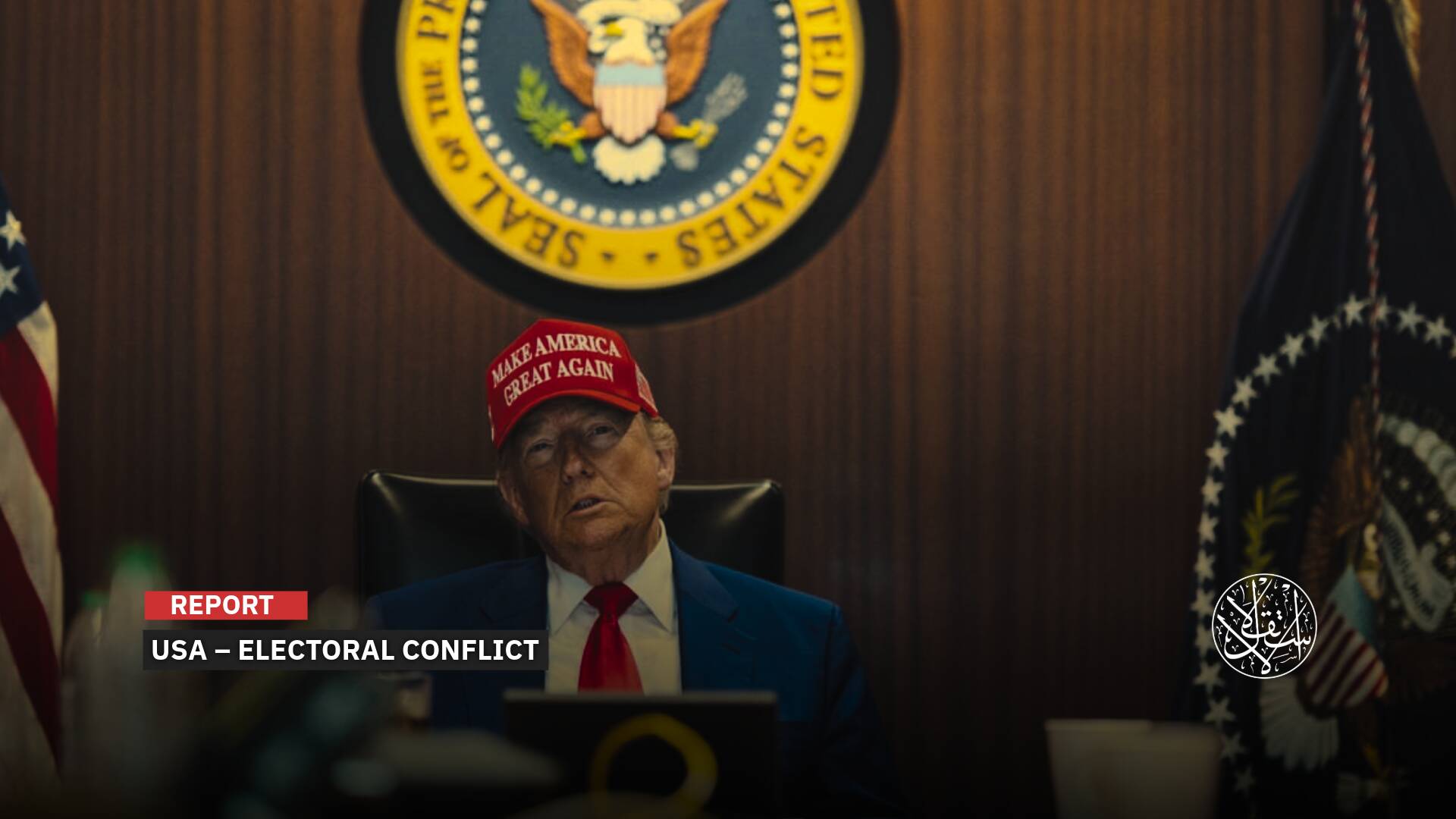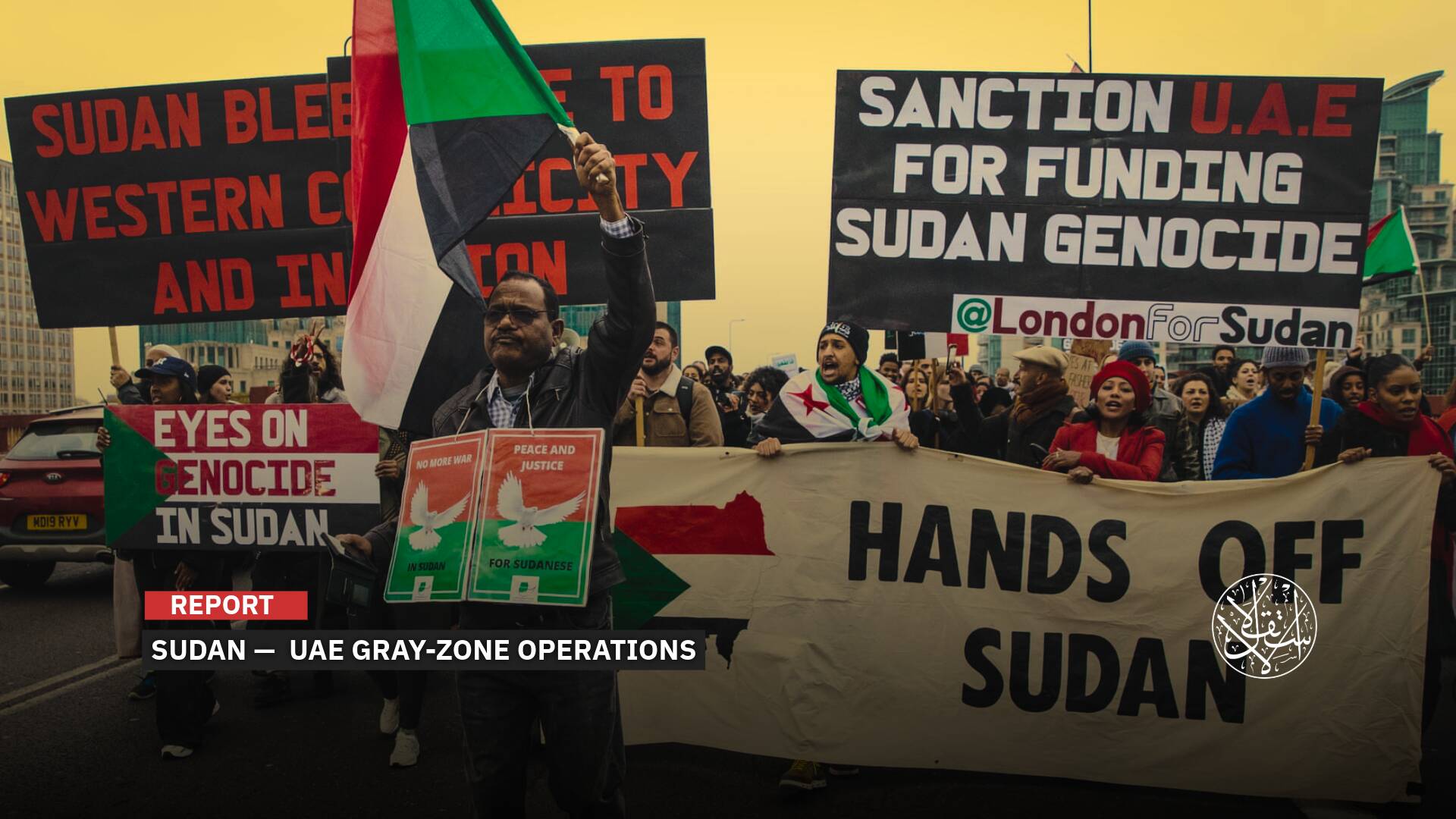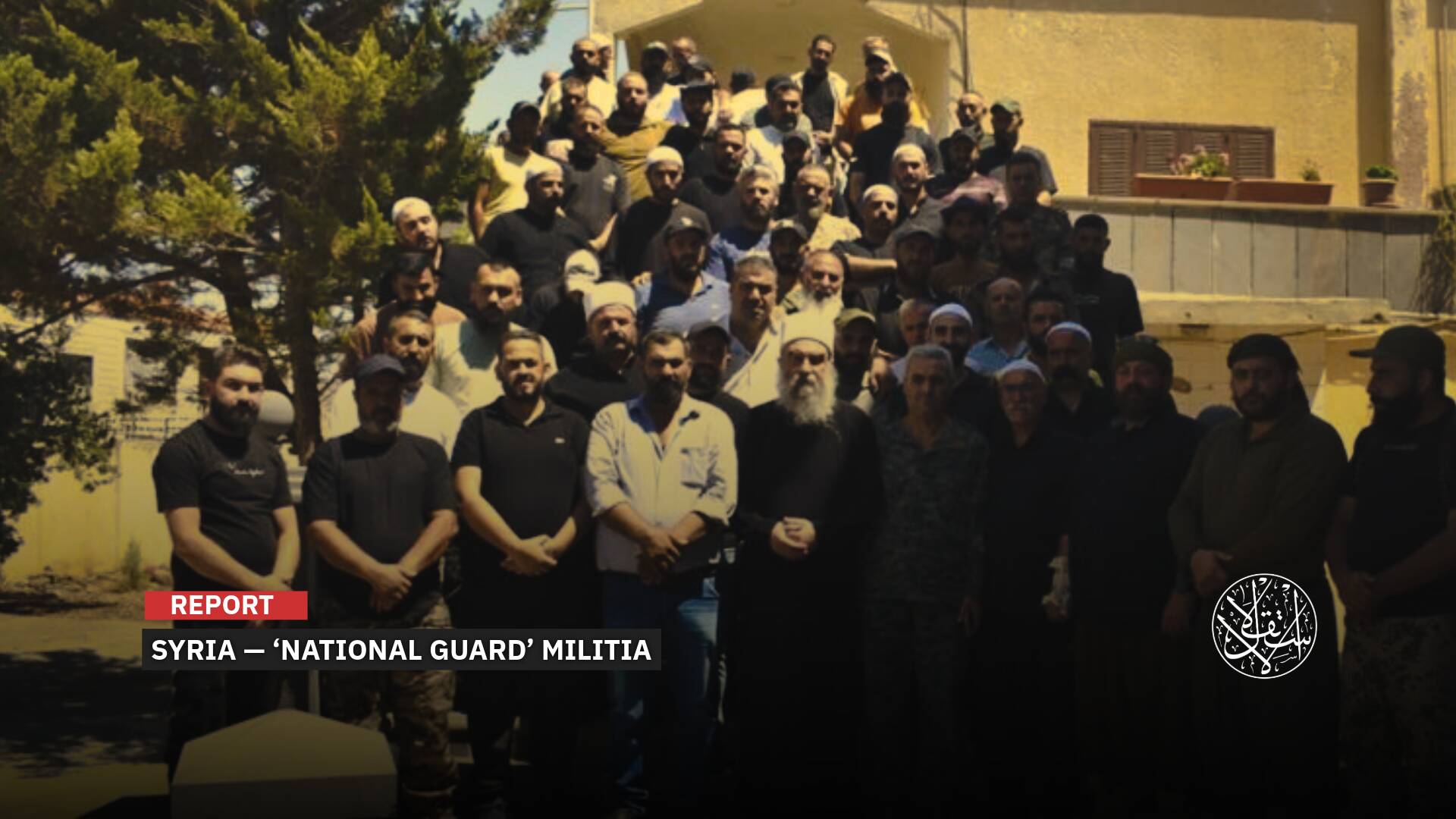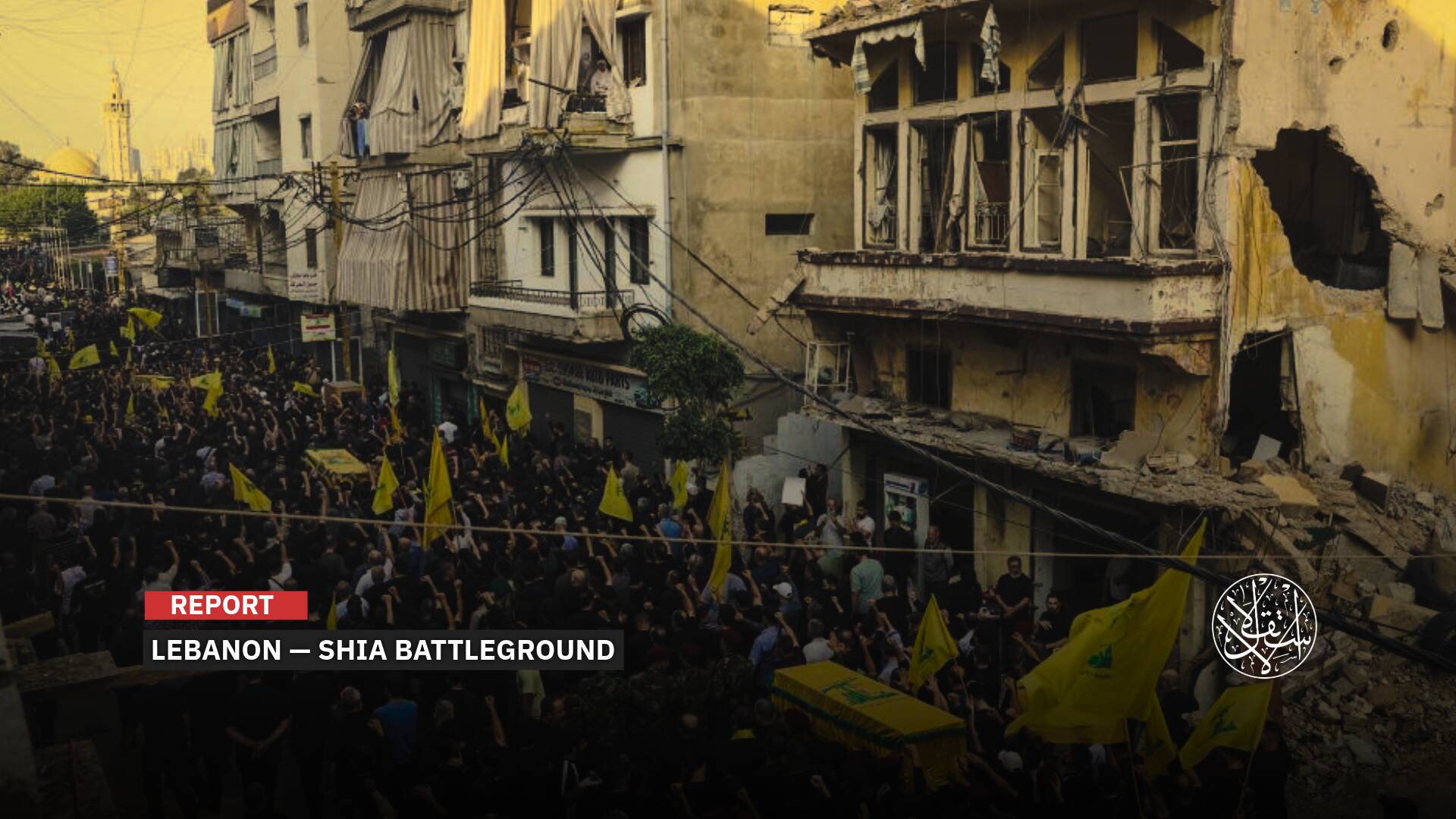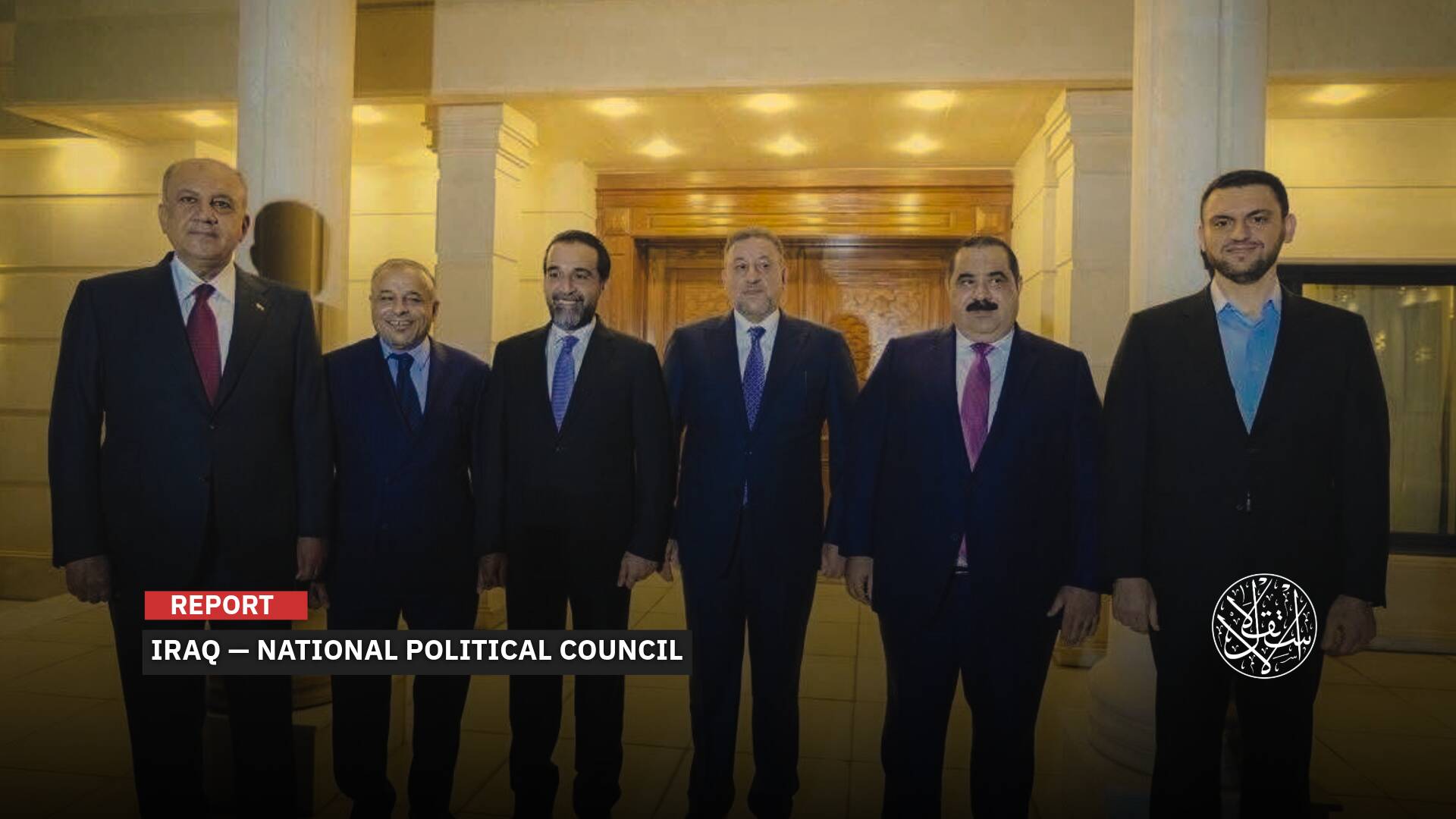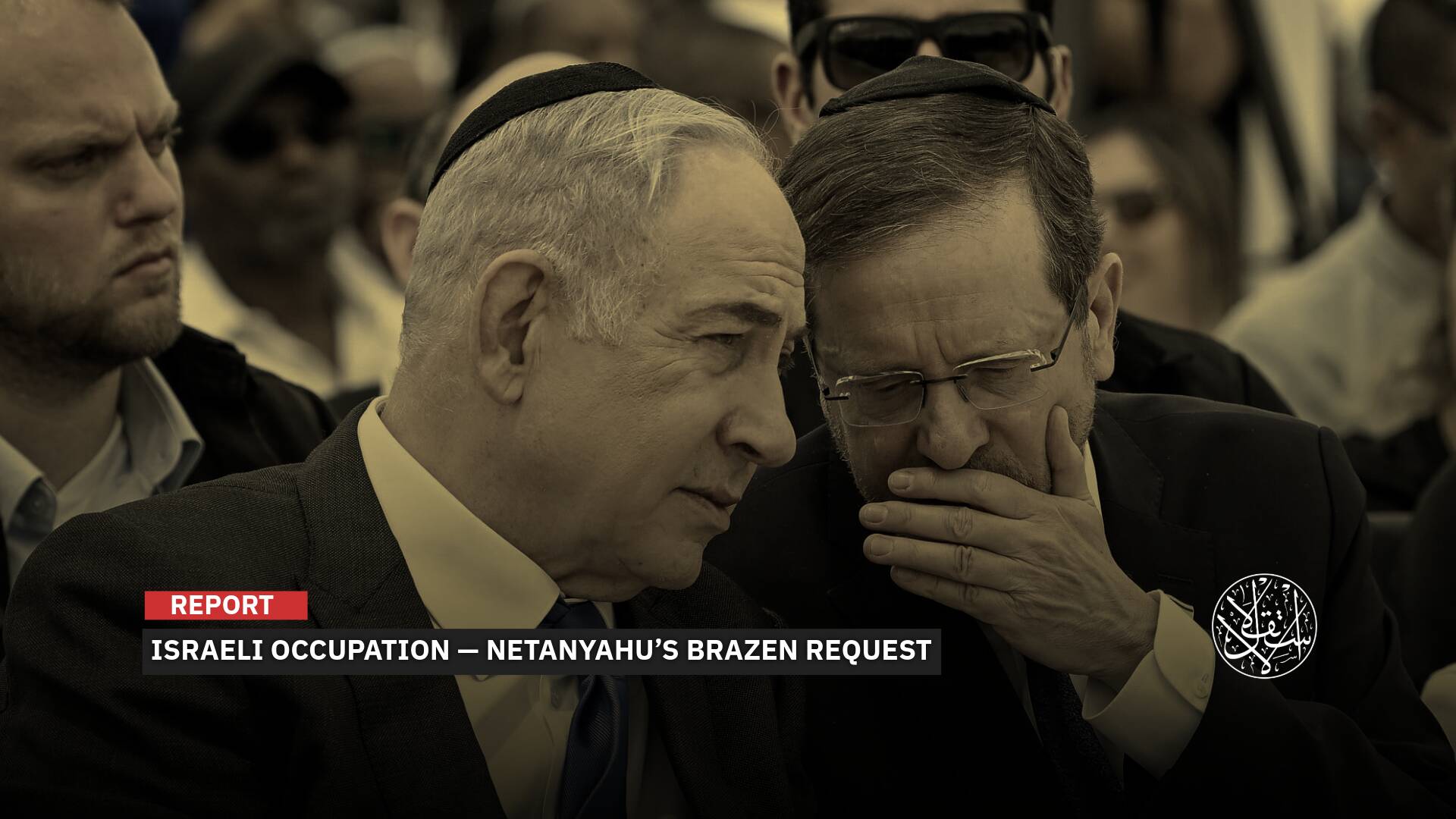West's Plan to Transfer Frozen Russian Assets to Ukraine: Why Is Saudi Arabia Concerned?

"The potential confiscation of Russian assets will be the final nail in the coffin of the Western economic system."
Arab and Muslim economists have long warned their countries against committing their financial assets to projects and banks in Western countries, fearing those assets might be seized in the event of a conflict. Recently, developments have emerged, making this scenario more likely.
As the war in Ukraine continues, Europe and America on one side, and Russia on the other, have frozen each other's assets. With Russian assets being larger, Europe, at America's request, is planning to use these assets to fund Ukraine's reconstruction efforts.
This Western plan to seize frozen Russian assets and transfer them to Ukraine has alarmed Gulf states, particularly Saudi Arabia.
As of May 2024, Saudi Arabia's foreign reserve assets amounted to around $460 billion, mostly in the West, according to the Saudi Central Bank and the economic site Argaam on June 17, 2024.
This prompted Saudi Arabia to threaten the Group of Seven (G-7) industrialized nations that it would withdraw its assets from Europe, especially France, if the EU decided to confiscate the estimated $300 billion in Russian funds for Ukraine, according to Bloomberg on July 9, 2024.
The Threat
Bloomberg, citing informed sources, reported that Saudi Arabia hinted to Western nations that it would withdraw its assets and sell some of its European debt holdings if the G-7 decided to confiscate the frozen Russian assets.
Saudi Arabia's Ministry of Finance informed some of its counterparts in the G-7 of its opposition to the idea of seizing Russia's frozen assets in the West to support Ukraine, Bloomberg reported, quoting a source who said Riyadh views this as a hidden threat to Saudi Arabia itself in the future.
Experts had previously told Politico on April 2, 2024, that countries like Saudi Arabia, China, Indonesia, and others fear that their assets in Europe might be next in line for confiscation after Russia if they fall out of favor with the West.
However, these experts considered such concerns exaggerated, as Europe's confiscating any country's assets would undermine investor confidence in the EU's financial system.
An Arab diplomat told Al-Estiklal that Saudi Arabia's threat is not meant to defend Russia but to ensure the safety of Saudi funds in Western countries in case of future disagreements with Europe on vital issues.
The Kingdom fears that the industrialized countries might do the same to them, freeze their assets, and possibly seize them, a threat previously made against Saudi Arabia following the September 11, 2001 attacks, involving Saudi nationals.
Given the magnitude of Saudi assets in the West, economic analysts predict that this Saudi threat might lead the EU to reconsider its decision to confiscate Russian funds, fearing a rush by Saudi Arabia and other countries to withdraw their money from the West.
Bloomberg noted that the Saudi threat highlights its growing influence on the global stage and the difficulty the G-7 faces in garnering support from the Global South for Ukraine against Russian aggression.
On May 8, 2024, EU countries reached a "preliminary" agreement to use frozen Russian assets to arm Ukraine, according to Agence France-Presse.
The Belgian presidency of the EU announced that the 27 EU countries agreed to use the returns from the frozen Russian assets, amounting to approximately 210 billion euros, to arm Ukraine.
In March 2024, the European Commission proposed using annual revenues of 2.5 to 3 billion euros from Russian assets in the West to benefit Kyiv and fund weapons purchases.
The Kremlin warned the EU against using the revenues from the frozen Russian assets to arm Ukraine, threatening prolonged legal battles, which Moscow described as "theft.”

Asset-Freezing War
Following the outbreak of the war in Ukraine, a war of frozen assets flared up between Russia and the West, triggered by Western sanctions on Moscow.
To resolve the issue, Russia's Ministry of Finance proposed an exchange of frozen assets between Western and Russian investors, suggesting that Russian investors' assets frozen by Western countries due to sanctions be swapped with foreign investors' funds held within Russia.
However, the United States and European countries ignored the offer, due to the vast size of Russian assets and their desire to deprive the Kremlin of these funds during the war.
The European Union, the Group of Seven, and Australia froze approximately $280 billion in Russian central bank assets, held as securities and cash through the Euroclear, headquartered in Belgium.
Most of these frozen funds are currently in Europe, as Russian President Vladimir Putin withdrew the bulk of the Russian central bank’s assets from the United States in 2018, following previous rounds of U.S. sanctions.
Sanctions on prominent Russian figures also led to the freezing of an estimated additional $58 billion in assets, including homes, yachts, and private jets, as of March 2023, according to a statement from the U.S. Treasury Department.
Russia’s Ministry of Finance estimates the total value of assets frozen by the West to be between $300 billion and $350 billion, which is nearly half of Russia's foreign exchange and gold reserves, in the form of cash gold, debt securities, and currencies.
Although these funds legally remain owned by Russia, they cannot be accessed due to the sanctions.
Conversely, the U.S. is the largest investor in the Russian economy, with its investments amounting to 8.9 percent of the total accumulated investments ($39.1 billion out of a total of $441.1 billion) invested in Russia.
The Russian central bank states that as of October 2021, the total foreign investment in the Russian economy was approximately $1.18 trillion.
More than half of these funds ($679 billion) are in the form of business equity, with another $392 billion comprising various types of debt: bonds, loans, and trade credits.
The rest consists of cash, deposits, special drawing rights from the International Monetary Fund, and other investments.
Since Russian authorities responded to Western sanctions by preventing the withdrawal of capital to European and American countries, these funds have effectively been held within Russia.
As the war and destruction in Ukraine intensify, discussions in Europe and the United States about confiscating the frozen Russian assets and redirecting them to Ukraine for reconstruction purposes have escalated, propelling an asset-freezing war between the two sides into a more dangerous phase: confiscation.

Saudi Concerns
Riyadh has been concerned for several months about Western efforts to seize Kremlin assets.
On April 2, 2024, Politico reported that Saudi Arabia, China, and Indonesia had pressured the EU against confiscating Kremlin assets.
The magazine stated that the Kingdom's threat to sell off EU member states' debts would represent a serious show of power and readiness on the part of Saudi Arabia to use its economic clout to influence Western policymakers.
Politico quoted Theodore Karasik, senior advisor at the Gulf State Analytics consultancy as saying, “Gulf states do not want to see Russia fall apart,” pointing to their investment in the country.
He added that using Russian assets to rebuild Ukraine might undermine their ambition of playing a leading role in the country's post-war reconstruction.
However, on July 9, 2024, Saudi Arabia's Ministry of Finance denied issuing any threats to the G-7 on this matter.
A statement from the Saudi Ministry of Finance read no such threats were made. Our relationship with the G-7 and others is one of mutual respect. We continue to discuss all issues that promote global growth and enhance the resilience of the international financial system.
A Saudi official told Bloomberg that it is not the government's style to issue such threats, but it may have clarified to G-7 members the ultimate consequences of any confiscation.
Previously, on May 3, 2024, sources told the Financial Times that the G-7 countries had begun to back down and separately acknowledged abandoning the idea of seizing frozen Russian assets.
The sources said that Western countries are looking for other ways to obtain funding for Ukraine from Russian funds, noting that the main reason for the EU countries' abandonment of the seizure of frozen Russian assets is fear of retaliatory measures.
On April 28, Kremlin spokesman Dmitry Peskov confirmed that the potential decision to confiscate Russian assets would be the final nail in the coffin of the Western economic system.
Peskov stated that Western reliability in the eyes of investors would vanish overnight if they decided to confiscate the frozen Russian assets.
European capitals primarily fear that the confiscation of Russian assets could harm the national economy, especially sovereign wealth funds, central banks, and companies, after private sector investors from the global south refrain from investing in European assets.

Disrupting Projects
As Crown Prince Mohammed bin Salman's grand projects face financial hurdles and a lack of foreign investment, the Saudi sovereign wealth fund is bearing the brunt, experiencing substantial financial drain.
The Kingdom fears further disruption to its projects if its assets in the West face any freeze threats, similar to the potential threats to Russian assets from Western sanctions.
Saudi Arabia invests its sovereign wealth fund in various Western projects and seeks to utilize their returns for its major initiatives like NEOM. Any threat of asset freezing would mean halting these projects.
It appears the Kingdom is beginning to anticipate this, acting to mitigate the financial drain on the sovereign wealth fund in general.
Bloomberg reported on July 11, 2024, that Saudi Arabia is likely to cut billions of dollars from spending on some of its largest development projects and suspend other plans.
The agency, citing sources who requested anonymity, mentioned that a government committee led by Crown Prince Mohammed bin Salman is close to completing a comprehensive review of major projects, including the NEOM mega project.
The sources indicated that 20% less than the targeted budget for this year would be allocated to NEOM, while plans to launch a new airline have been suspended.
Other scaled-back projects, according to Bloomberg, include the Qiddiya coastal project, a $50 billion tourism and entertainment venture in Jeddah.
The agency noted that these cuts represent a shift in Saudi priorities, which previously announced investment projects worth around $1.25 trillion.
Such projects include The Line, a series of parallel skyscrapers covered in mirrors stretching 170 kilometers through mountainous and desert terrain.
Saudi Arabia has scaled back its ambitions for NEOM, the largest project within Crown Prince MBS’s plans to diversify the country's economy away from oil, according to Bloomberg sources.
They explained that falling oil prices, weak foreign investment interest, and at least three more years of national budget deficits mean Saudi Arabia now has to prioritize what to focus on first and at what pace.
In December 2024, Saudi Arabia announced that some projects would be delayed or expedited following a government review of its ability to fund commitments without affecting its credit rating.


